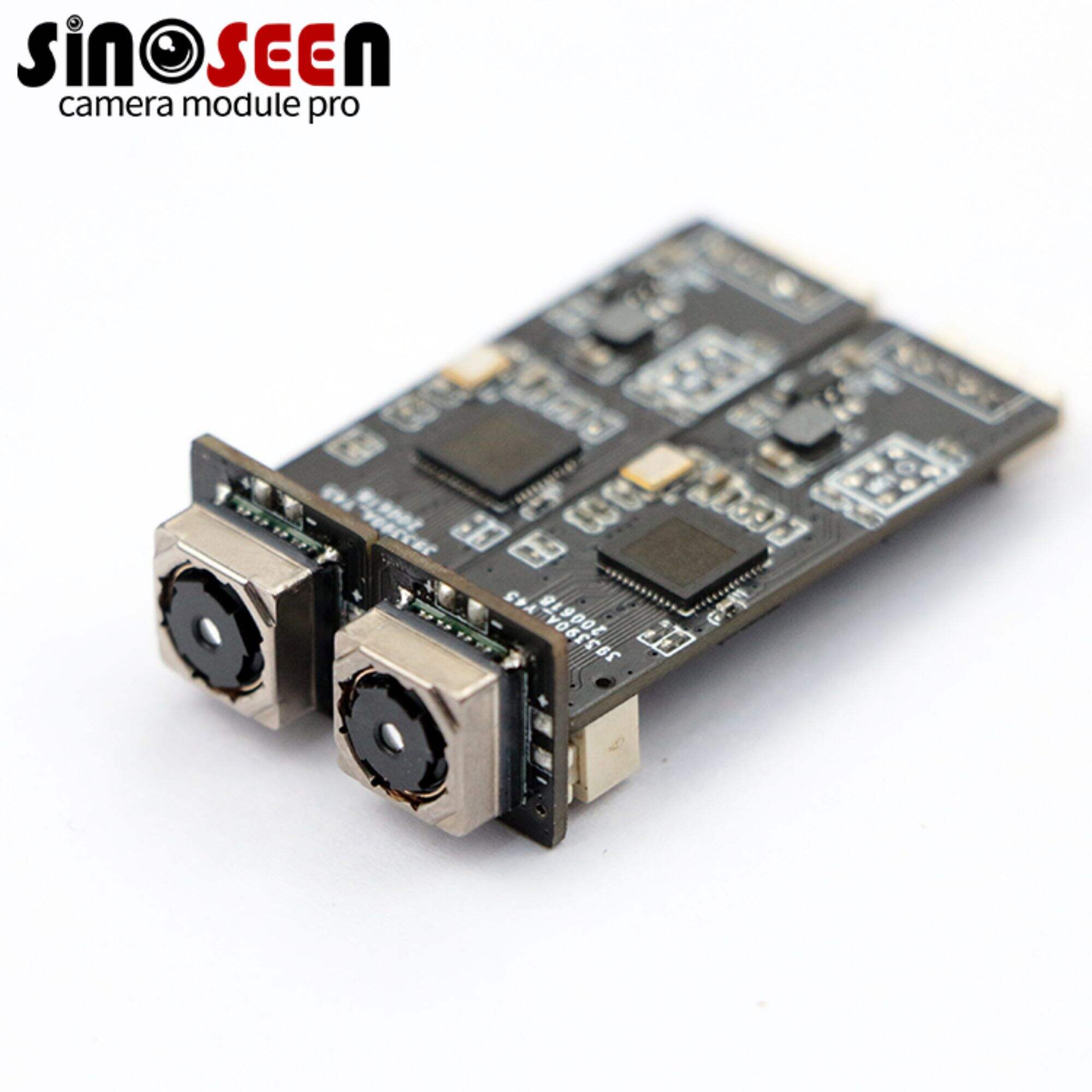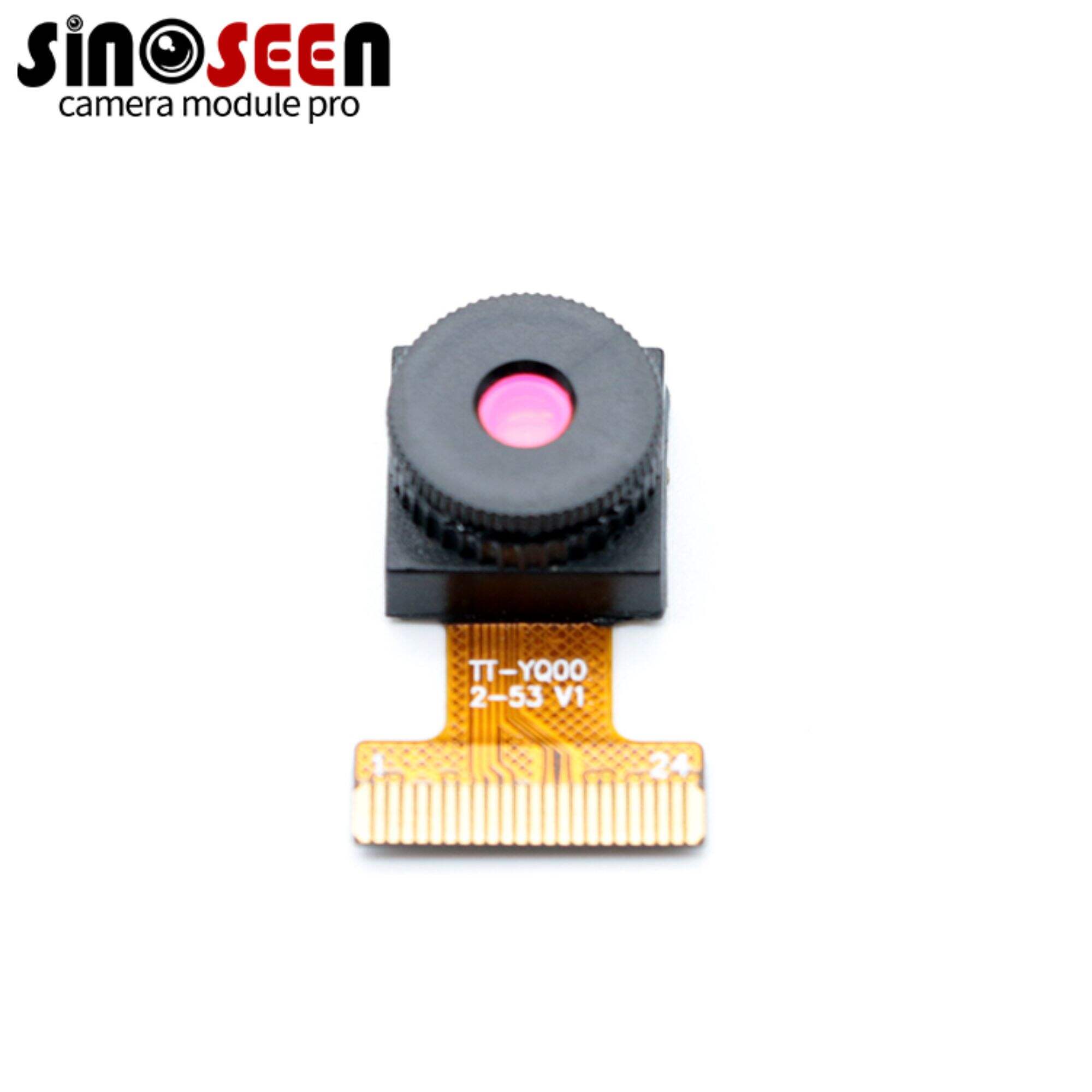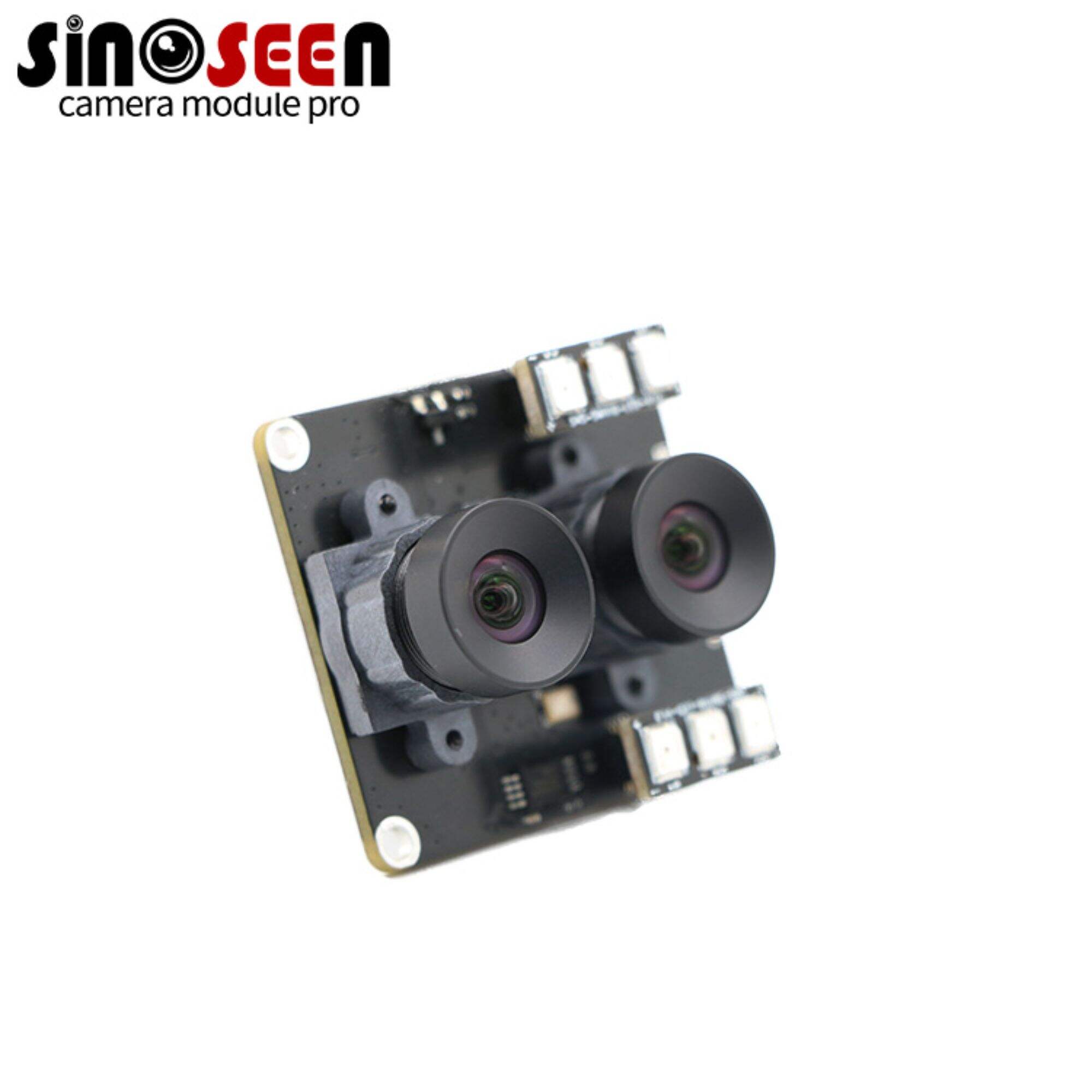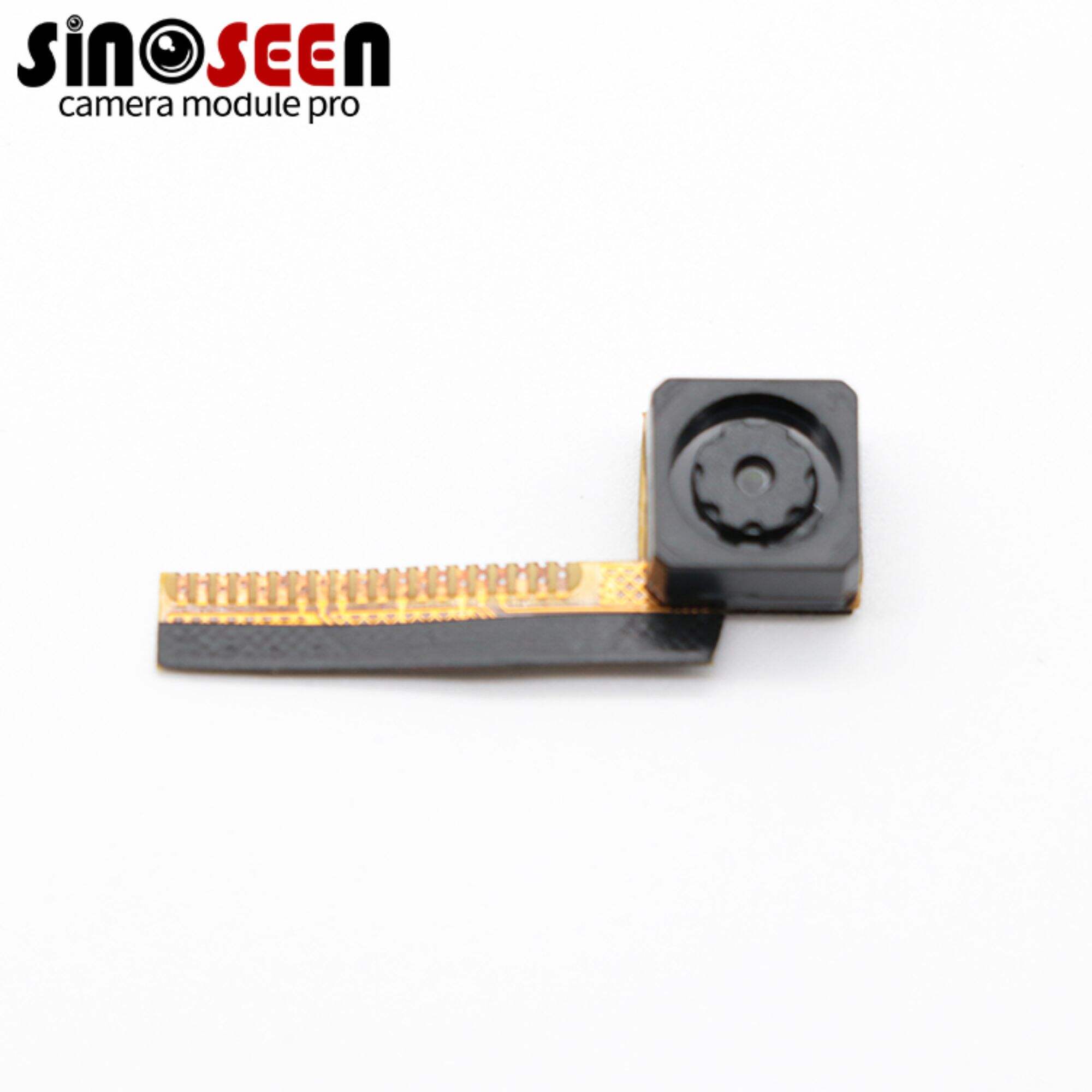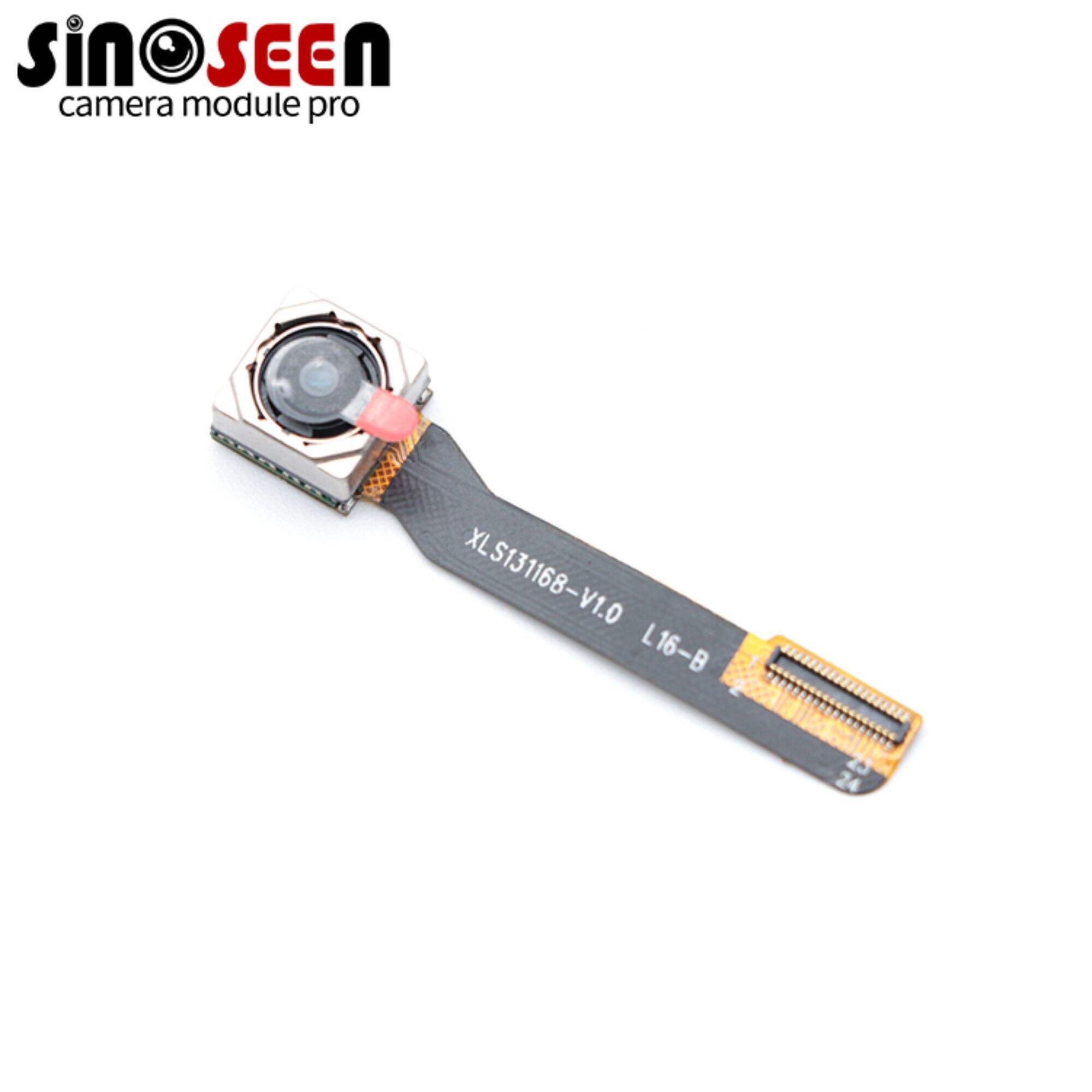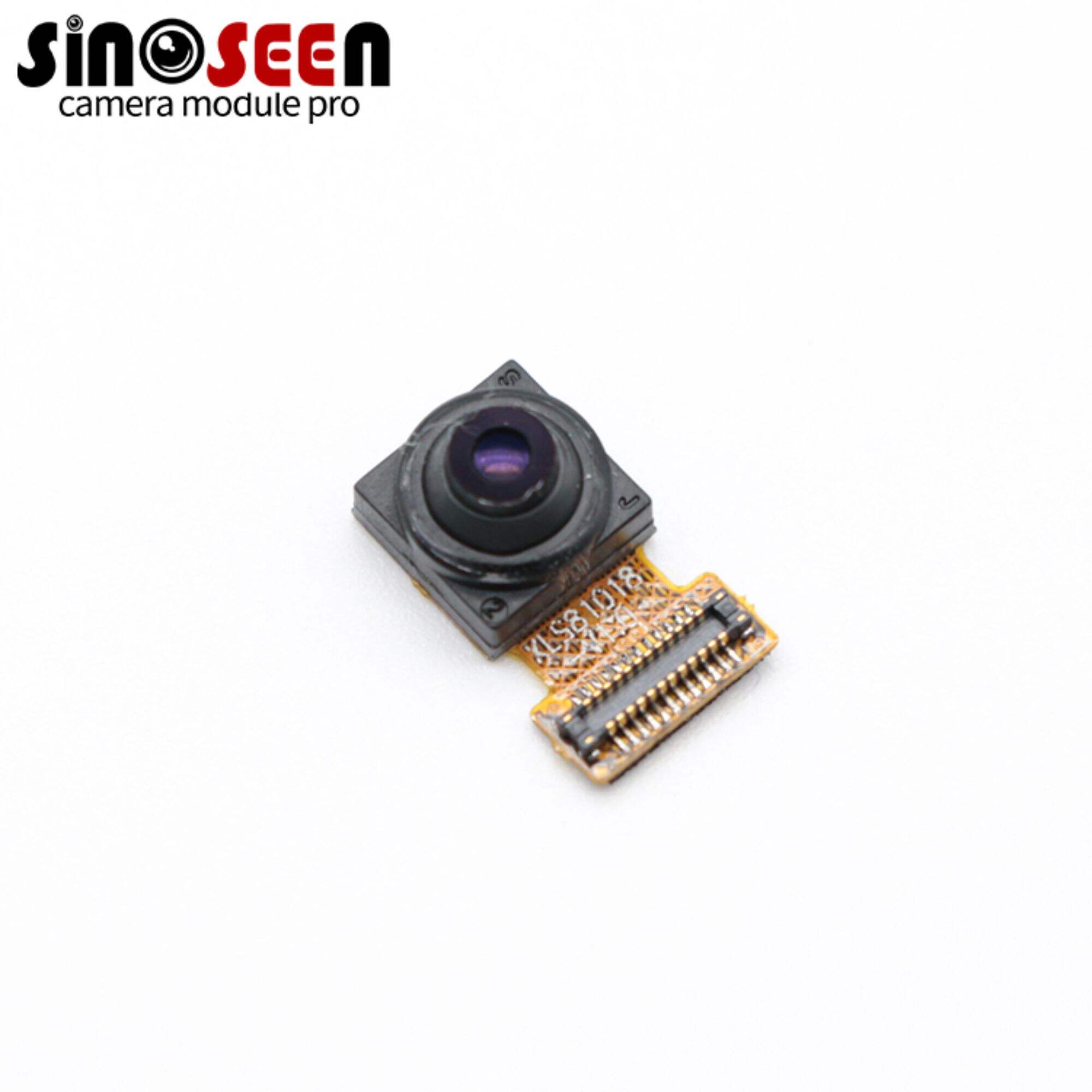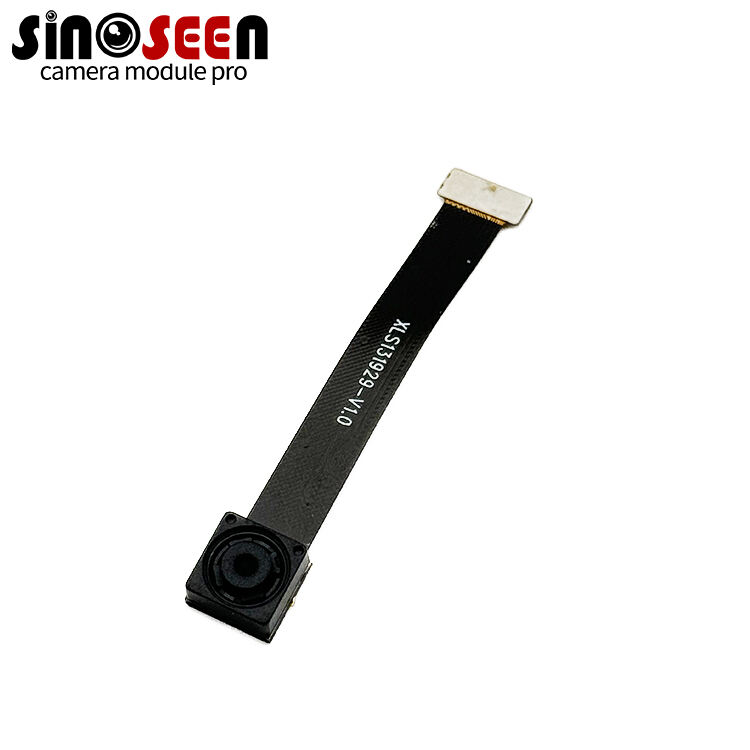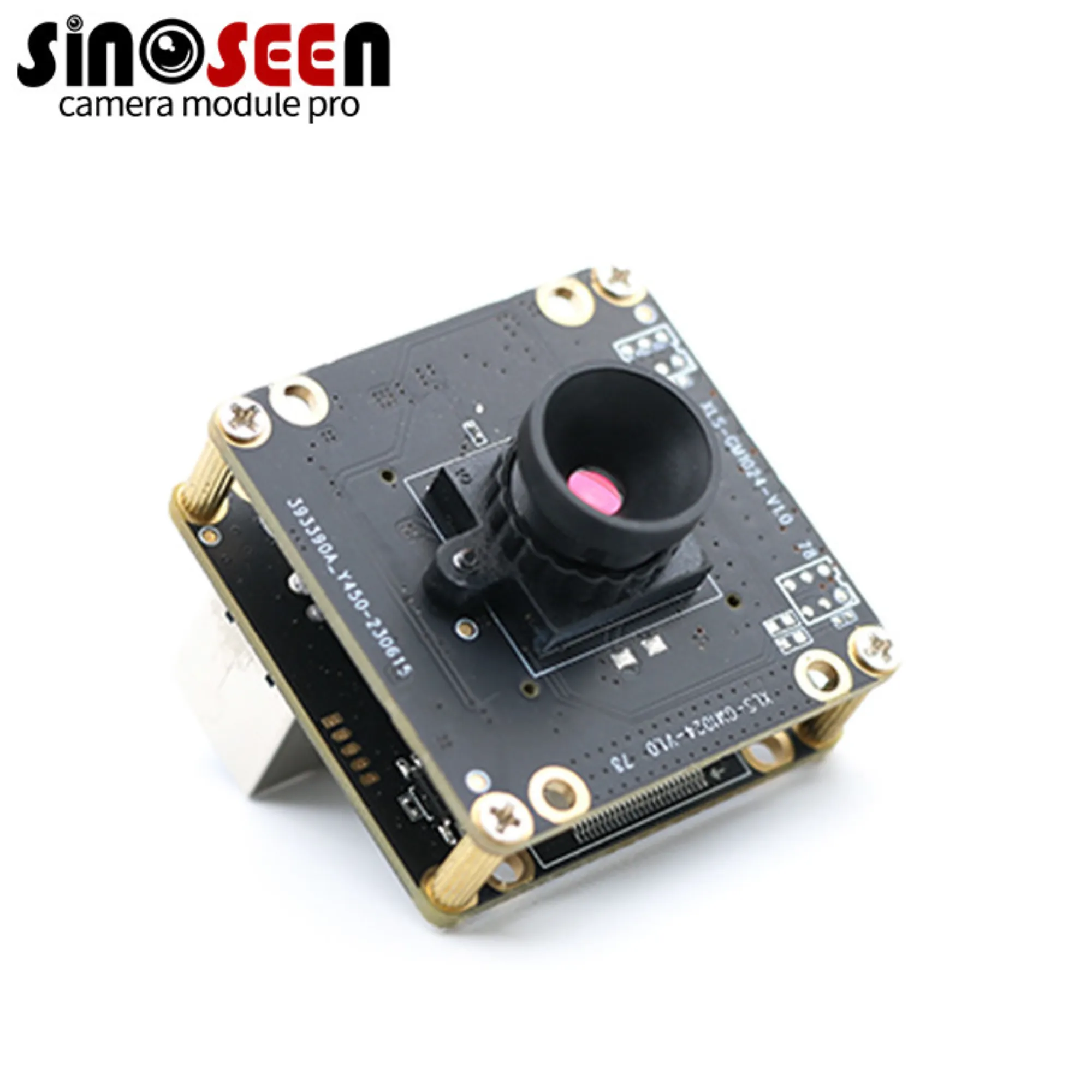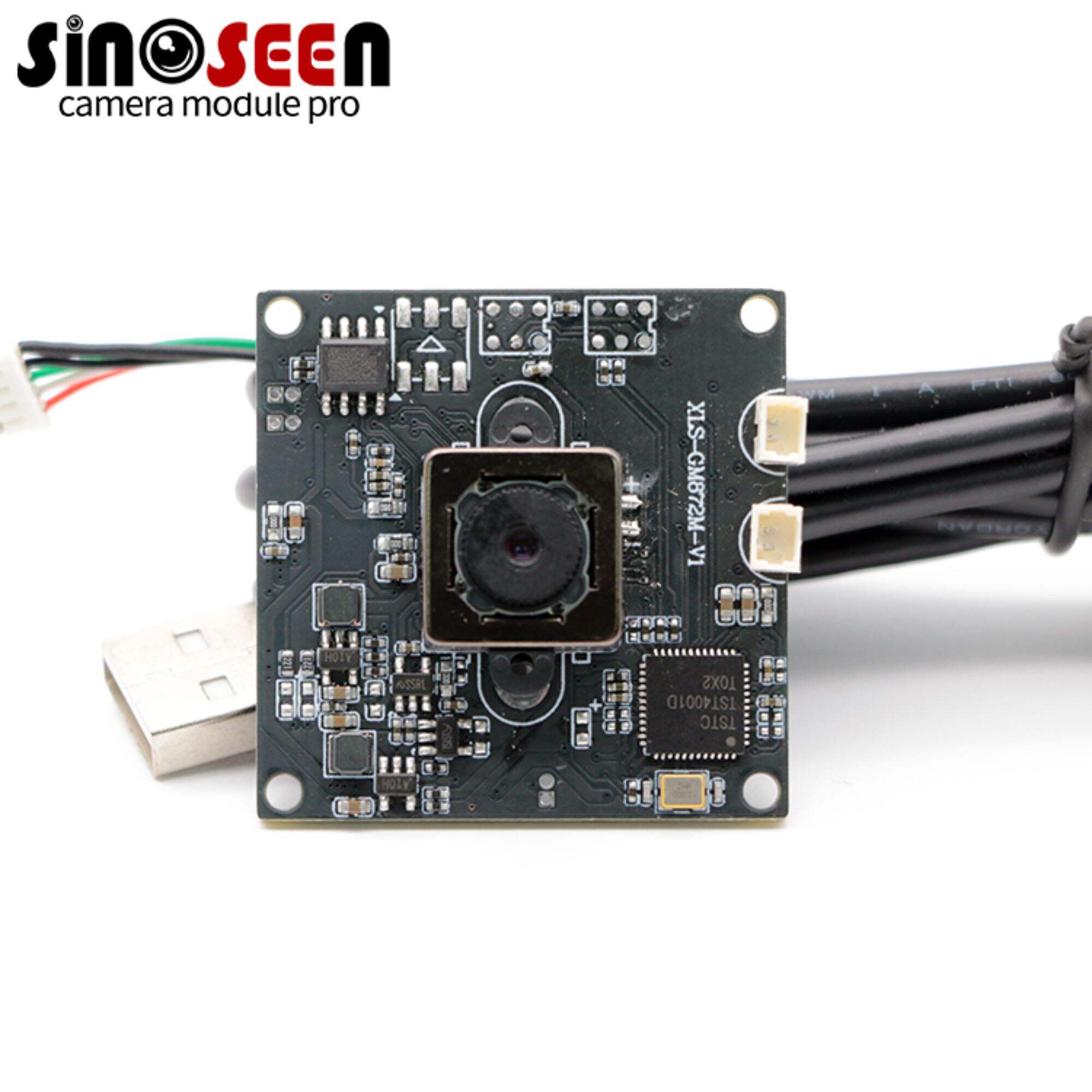Can an IP camera module work with WiFi?
How WiFi Connectivity Works in IP Camera Modules
Understanding IP vs. Analog Camera Modules
When comparing IP camera modules to analog camera modules, the most significant distinction lies in how these systems process video data. IP camera modules utilize digital signals to capture and transmit video feeds over networks like the internet or local area networks. This digital approach contrasts with analog camera modules, which use traditional coaxial cables to carry video signals. The primary advantage of IP cameras over their analog counterparts is scalability and resolution. IP cameras support higher resolutions, such as HD or 4K, whereas analog systems offer lower quality images.
Additionally, the scalability of IP cameras is unparalleled, thanks to their modular nature and potential for integration with network infrastructures. Industry research indicates a growing shift towards IP-based systems due to these advanced capabilities and the broader networking technologies supporting them. More businesses are upgrading to IP cameras, driven by the growing demand for high-quality video surveillance and the ease of remote monitoring.
The Role of WiFi Chipsets in Camera Modules
WiFi chipsets are crucial components in enabling wireless communication within IP camera modules. These chipsets facilitate the transmission of video feeds wirelessly through WiFi networks, eliminating the need for extensive cabling and enhancing flexibility in camera placement. Various types of WiFi chipsets cater to different needs, from low power, which is useful for battery-operated cameras, to high-speed chipsets designed for fast data transfer and minimal latency.
The introduction of WiFi 6 technology marks a significant advancement, offering improved speeds and the ability to support numerous devices in congested network environments. This technology is particularly beneficial for IP cameras used in dense installations like shopping malls or industrial sites, as it results in higher performance and reliability. Experts in the security industry emphasize the importance of robust WiFi chipsets, which significantly enhance camera performance, bolstering the effectiveness of security systems in real-time surveillance scenarios.
Integration with Network Stacks
For optimal IP camera functionality, understanding the integration with network stacks is essential. Network stacks consist of a set of protocols like TCP/IP and HTTP, crucial for ensuring reliable communication over WiFi networks. These protocols enable IP camera modules to transmit data efficiently, ensuring streaming and recording quality.
Proper integration with network stacks is vital for maintaining reliability in video streams. This includes implementing Quality of Service (QoS) measures to prioritize video traffic over other types of data, ensuring consistent performance. Inadequate integration can result in buffering, lag, and disruptions, negatively affecting surveillance reliability. For instance, a malfunction in network protocol handling during a critical security breach could compromise the integrity of the entire system, underscoring the importance of meticulous integration and testing.
Hardware Components: WiFi Adapters and SoCs
WiFi-enabled camera modules rely heavily on essential hardware components such as WiFi adapters and Systems on Chips (SoCs) optimized for video processing. The choice of these components determines the overall performance and efficiency of the camera module. When selecting hardware, it is crucial to consider specifications like RAM and processing speed since they directly influence video quality and streaming performance. For instance, high RAM capacity allows for smoother video processing, while a faster CPU ensures quick data transmission. According to industry standards, choosing compatible hardware ensures seamless operation within both home and enterprise setups, thus avoiding any bottlenecks in your infrastructure.
Advancements in hardware technology have significantly expanded the capabilities of IP camera modules. For instance, upgraded SoCs now support high-definition video streaming and complex video analytics, enhancing surveillance capabilities. This growth is supported by statistics indicating an increase in the adoption of advanced hardware components, driven by the demand for high-resolution video and real-time analytics in various surveillance applications.
Software Integration for Wireless Configuration
Setting up WiFi-enabled camera modules requires comprehensive software integration, encompassing firmware functionalities and user-friendly interfaces. Ensuring this software is easy to navigate is crucial for users to connect to the WiFi network effortlessly and configure settings. Application Programming Interfaces (APIs) often facilitate this process, allowing seamless integration with existing systems. Beyond initial setup, regular software updates are vital for maintaining performance and security. Studies have shown that frequent updates correlate with reduced operational issues, emphasizing the importance of keeping firmware current.
The significance of robust software integration extends beyond functionality; it ensures security as well. Properly integrated software can help prevent vulnerabilities that could be exploited by hackers, thereby safeguarding both user data and the integrity of the surveillance system. This highlights the dual role software plays in both operational efficiency and cybersecurity resilience.
Network Security Protocols
Incorporating stringent network security protocols is essential for safeguarding IP camera module communications. Standards like WPA3 offer enhanced security features, protecting against unauthorized access and ensuring data integrity. Encryption standards, such as Advanced Encryption Standard (AES), play a pivotal role in enhancing security by encrypting video data, making it difficult for potential intruders to intercept and decode. With surveillance systems frequently targeted by cyberattacks, robust security measures are critical.
Statistics indicate a growing frequency of attacks on surveillance systems, underscoring the necessity of implementing cutting-edge security protocols. Recommendations from authoritative bodies like the Cybersecurity and Infrastructure Security Agency (CISA) provide best practices for securing wireless camera networks. Ensuring that these security measures are in place not only protects the system but also builds trust in the technology's reliability and integrity.
Benefits of Using WiFi with IP Camera Modules
Flexibility in Placement and Installation
Wireless capabilities provided by WiFi significantly enhance the flexibility in the placement and installation of IP camera modules, allowing users to position cameras in locations that were previously challenging to reach. This capability is beneficial for both residential and commercial security applications, where strategic placement can dramatically improve monitoring coverage. For example, case studies have shown that strategically placed cameras in commercial setups can cover blind spots and improve the security posture of an organization. The flexibility offered by WiFi technology in IP camera modules ensures that cameras can be placed without constraints imposed by wiring, leading to more comprehensive security solutions.
Remote Access via Mobile Apps
One of the standout advantages of WiFi-enabled IP camera modules is the ability to access camera feeds remotely through mobile applications. With this feature, users enjoy the convenience and peace of mind of monitoring their properties from anywhere in the world. Various mobile apps provide user-friendly interfaces and functionalities to facilitate remote access, and many boast high user ratings, reflecting their effectiveness. The trend towards remote monitoring is supported by data showing increased user engagement, suggesting that as more individuals embrace mobile technology, the demand for such remote viewing capabilities continues to rise.
Reduced Wiring Complexity
WiFi technology in IP camera modules minimizes the need for extensive wiring, thereby significantly reducing installation costs. This reduction not only minimizes labor and material expenses but also enhances the aesthetics of both urban and suburban environments by eliminating the clutter of wires. Studies from installation companies consistently report reduced labor and material costs when deploying WiFi cameras. This simplified setup reduces complexity and enables easier reconfiguration if necessary, offering an additional layer of convenience and efficiency to both consumers and installers.
Common Challenges with WiFi-Enabled Camera Modules
Signal Interference and Range Limitations
The effectiveness of WiFi-enabled camera modules can be severely hampered by signal interference and range limitations. Various sources can affect WiFi performance, including obstacles like walls, competing networks, and physical barriers, leading to degraded video quality and frequent connection issues. A statistic from industry reports indicates that approximately 40% of users experience connectivity problems stemming from these interferences. To alleviate these problems, proper placement and range-extending solutions are vital for maintaining consistent surveillance quality. Utilizing devices like WiFi extenders can help improve the range and reduce interference, ensuring better signal reception and camera functionality.
Bandwidth Management for Multiple Modules
Operating multiple WiFi-enabled cameras can put a significant strain on network bandwidth, potentially leading to reduced overall performance. This challenge becomes apparent in setups where numerous cameras need simultaneous data transfer, degrading both video quality and speed. Strategies like configuring Quality of Service (QoS) settings or investing in high-capacity routers can alleviate bandwidth issues. Research from networking studies shows that adequate bandwidth management drastically improves user experience in multi-camera setups. The optimization of network resources ensures that cameras operate smoothly without compromising security coverage.
Power Consumption Considerations
WiFi cameras typically have significant power requirements, impacting long-term usage strategies, especially in deployment scenarios where constant power availability is critical. Many cameras offer power-saving modes, and careful configuration can reduce unnecessary energy consumption. Comparative data indicates WiFi camera power usage ranges from 5 to 10 watts, which is higher than some alternative technologies. However, advancements in battery technology and solar-powered options provide opportunities to mitigate energy expenses and enhance the sustainability of camera operations. Choosing energy-efficient models and settings can lead to reliable use over extended periods.
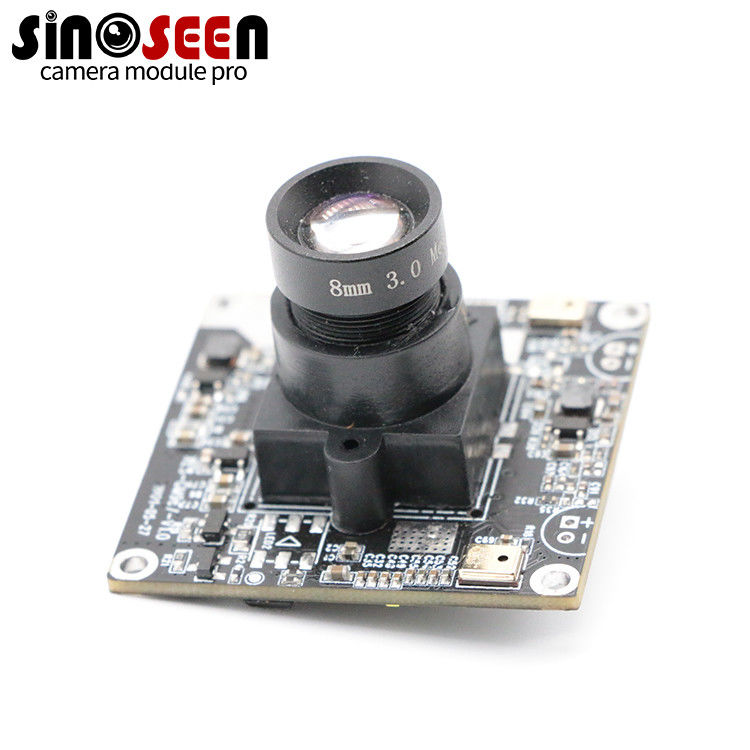
Key Features to Look for in WiFi-Ready Camera Modules
Dual-Band WiFi Support (2.4GHz/5GHz)
Dual-band WiFi support is a crucial feature for a WiFi-ready camera module, offering advantages in reducing interference and maximizing bandwidth options. The presence of both 2.4GHz and 5GHz bands allows devices to select the best frequency based on the environment, providing flexibility and stability. In congested urban areas with numerous networks, the 5GHz band is often less crowded and can offer better performance. Conversely, 2.4GHz is ideal for penetrating walls and longer-range connections. Experts in network security often tout the benefits of dual-band setups, especially for security cameras that require reliable performance and minimal interruption.
Encryption Standards: WPA3 and AES
Implementing advanced encryption standards like WPA3 and AES is paramount for ensuring the security of video feeds from IP camera modules. These protocols significantly enhance the protection of data by safeguarding against unauthorized access. WPA3, the successor to WPA2, offers improved security through individualized data encryption and stronger password protocols. AES encryption, known for its robustness, is essential for securing video data transmitted over WiFi. Security audits often cite outdated encryption protocols as common vulnerabilities, emphasizing the need to adopt these cutting-edge standards for modern IP cameras to defend against evolving cyber threats.
Compatibility with IoT Ecosystems
Compatibility with existing IoT ecosystems significantly boosts the utility of IP camera modules, allowing them to seamlessly integrate with other smart devices. This compatibility enhances functionality, enabling features such as synchronized alerts and coordinated responses across devices. The integration facilitates a unified home automation experience, offering convenience and increased security capabilities. Industry research demonstrates a growing trend in unified home automation, with more consumers seeking devices that work harmoniously within an integrated ecosystem. This synergy not only improves the user experience but also enhances the overall effectiveness of home security measures.
Frequently Asked Questions (FAQs)
What is the main advantage of using WiFi with IP camera modules?
The main advantage is the flexibility it offers in camera placement and installation, as it eliminates the need for extensive wiring, making it easier to position cameras strategically and reduce installation costs.
How do network security protocols enhance IP camera module security?
Network security protocols like WPA3 and AES encryption protect against unauthorized access and ensure that video data remains secure, thereby safeguarding the integrity of the surveillance system.
What challenges might I face with WiFi-enabled camera modules?
Common challenges include signal interference, range limitations, and bandwidth management issues, which can affect video quality and connectivity.
What should I consider when choosing WiFi-ready camera modules?
Look for dual-band WiFi support (2.4GHz/5GHz), advanced encryption standards (WPA3, AES), and compatibility with IoT ecosystems to ensure reliable performance and enhanced security.

 EN
EN
 AR
AR
 DA
DA
 NL
NL
 FI
FI
 FR
FR
 DE
DE
 EL
EL
 HI
HI
 IT
IT
 JA
JA
 KO
KO
 NO
NO
 PL
PL
 PT
PT
 RO
RO
 RU
RU
 ES
ES
 SV
SV
 TL
TL
 IW
IW
 ID
ID
 SR
SR
 VI
VI
 HU
HU
 TH
TH
 TR
TR
 FA
FA
 MS
MS
 IS
IS
 AZ
AZ
 UR
UR
 BN
BN
 HA
HA
 LO
LO
 MR
MR
 MN
MN
 PA
PA
 MY
MY
 SD
SD

